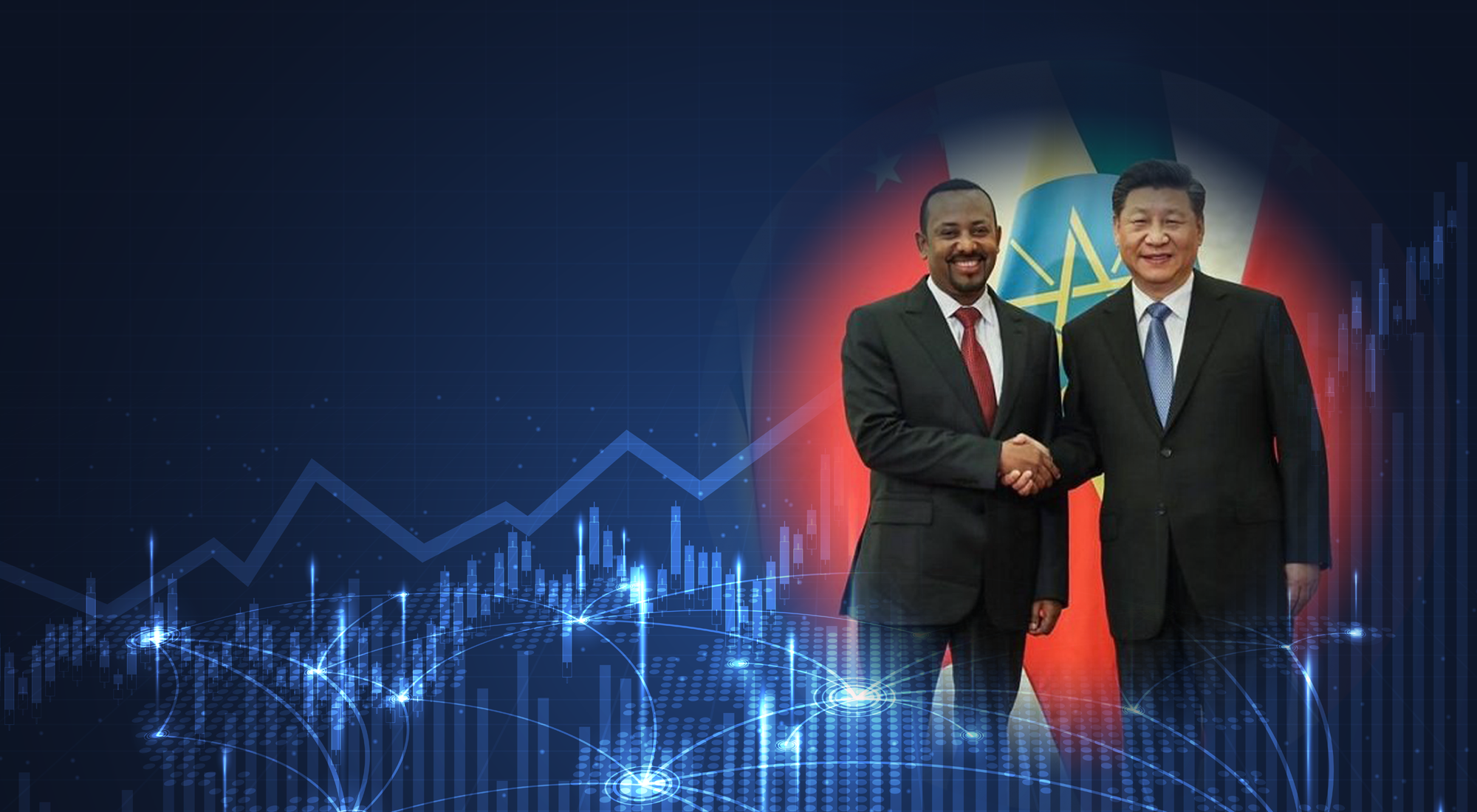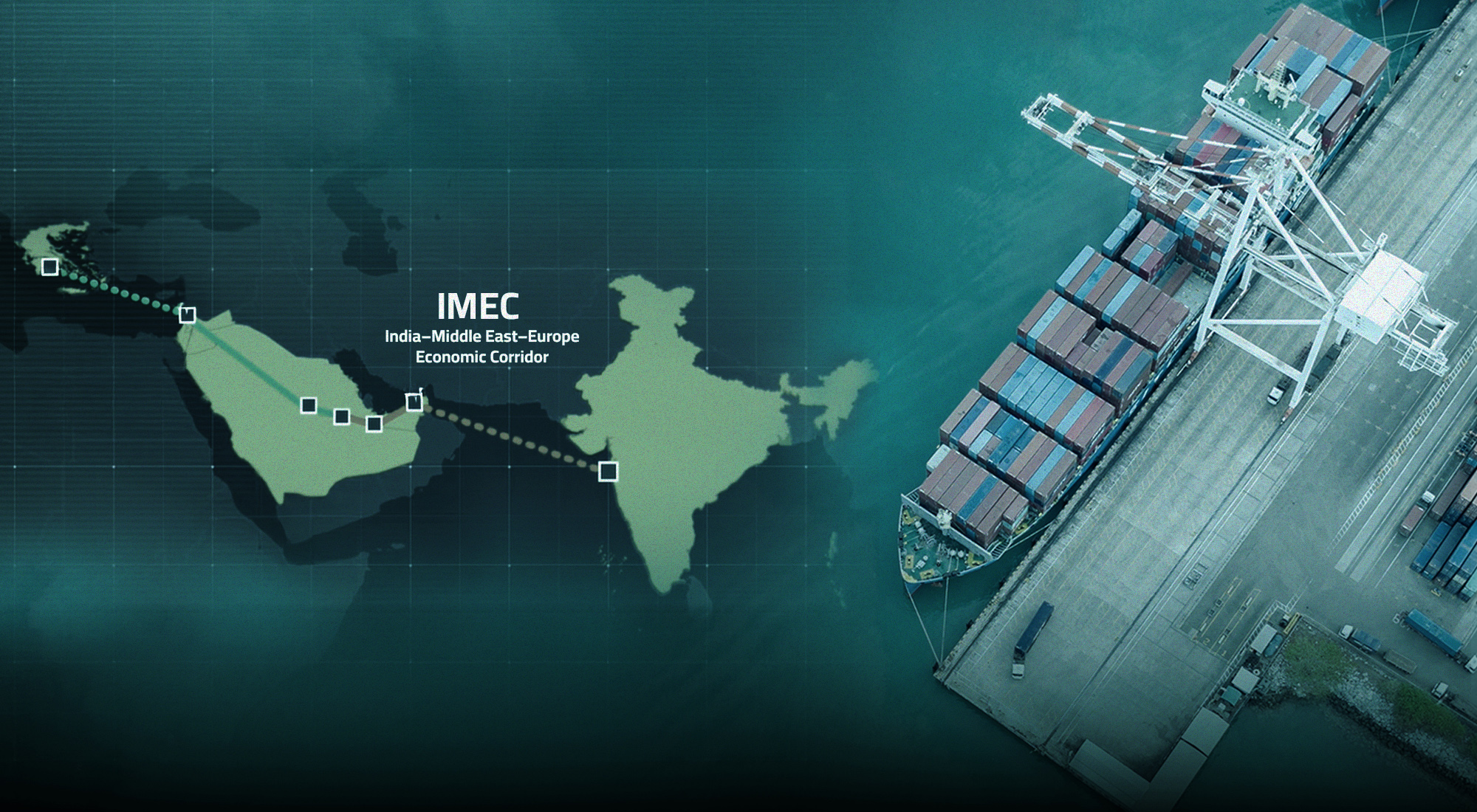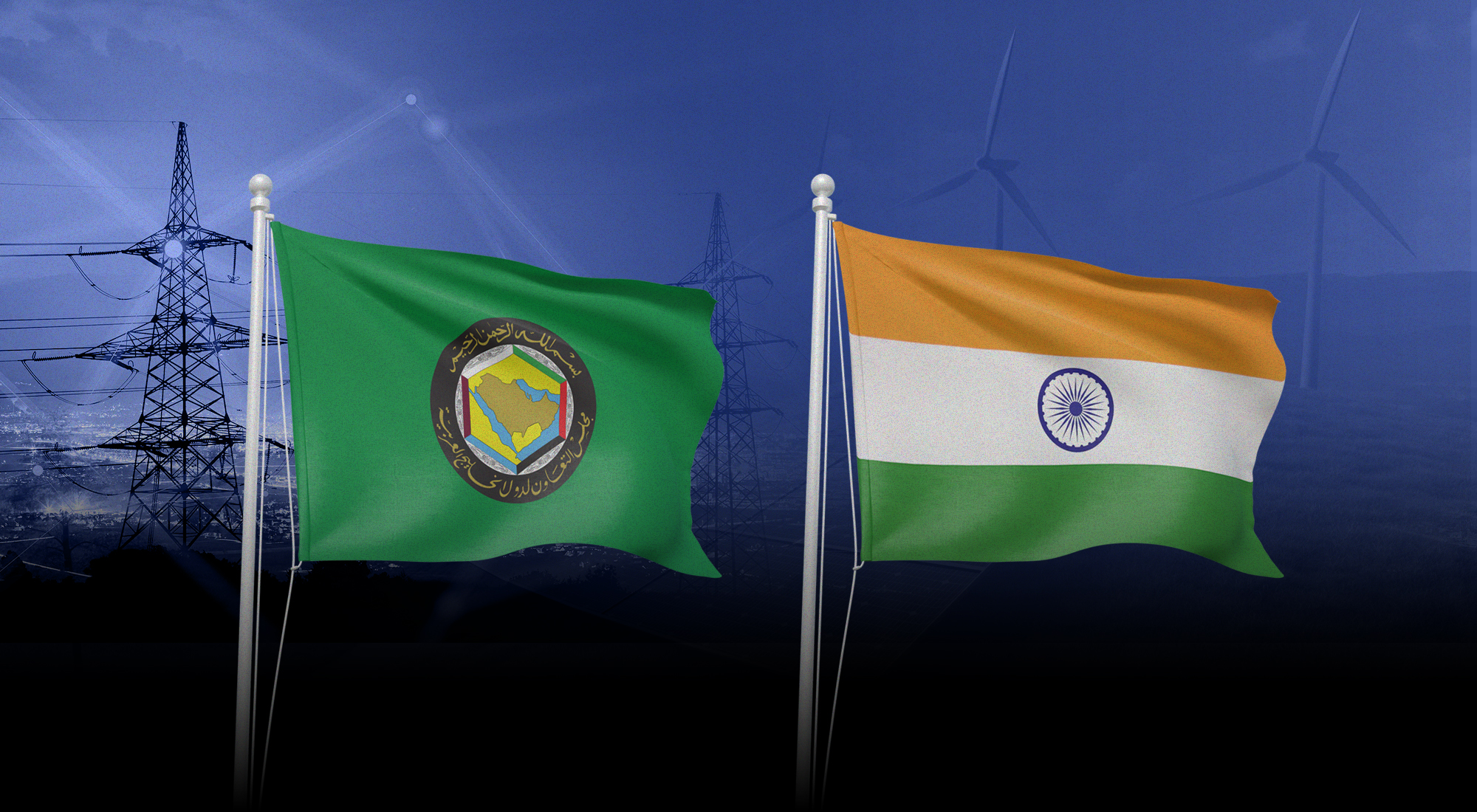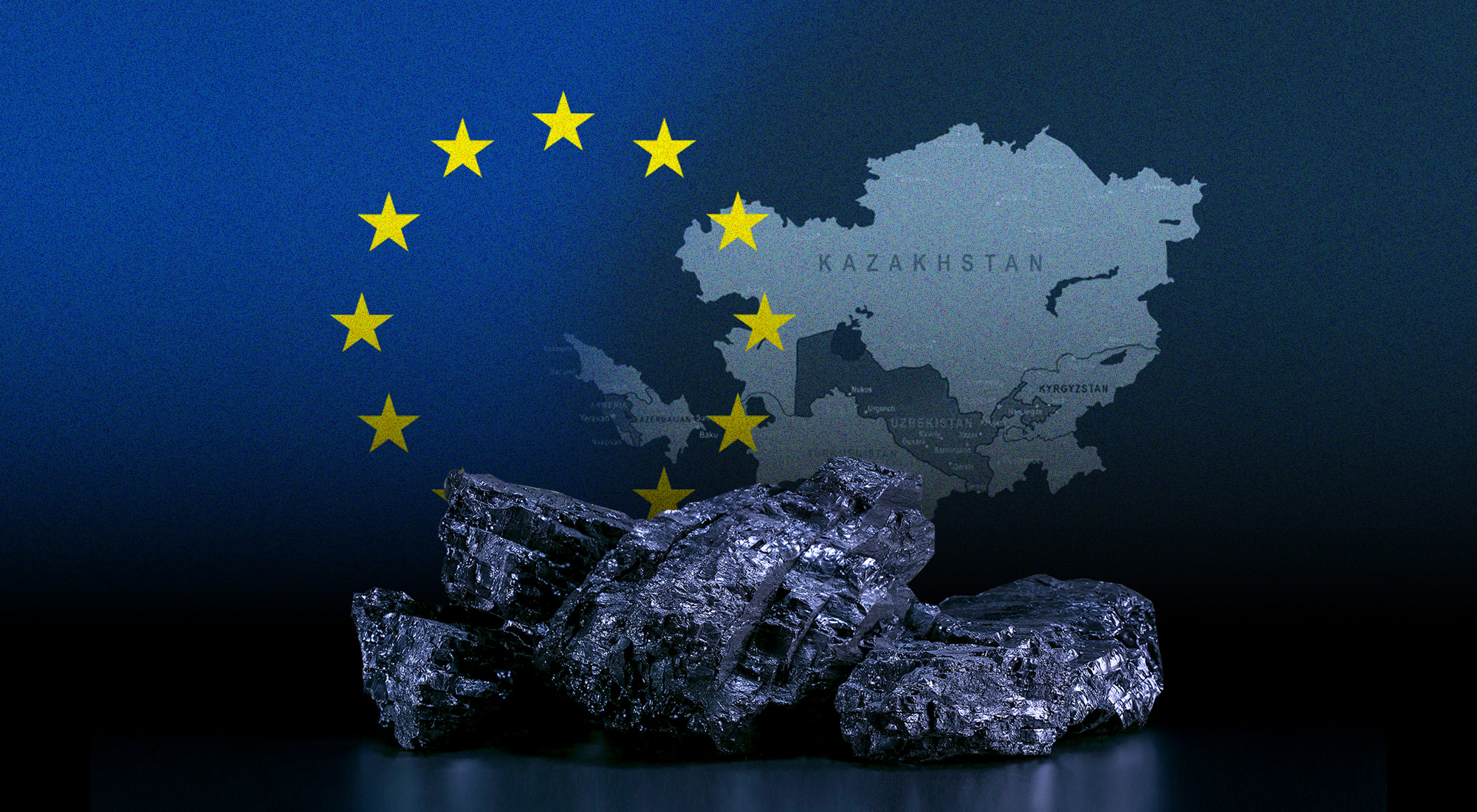Abstract
China’s increasing involvement in Africa has raised many questions about the form and nature of China’s intentions in Africa and in global affairs. Recent studies have questioned the motives of China in Africa.[1] However, the Chinese response has always been within what the Chinese term as ‘a win-win situation’ for both African countries and China. The Chinese projects in Africa involve various structures in the central government, provincial governments and large Chinese based multi-national companies. These three main tiers of actors seemingly focus on five sectors: extractive industries, construction projects, financial services, farming and telecommunications, though in some countries this order may be reversed or run in parallel.[2] China provides direct assistance and loans to the African countries. “Between 2000 and 2019, SAIS-CARI estimated Chinese financiers signed 1,141 loan commitments worth US$153 billion with African governments and their state-owned enterprises. The figures are not equivalent to African government debt, as the database does not track disbursement or repayment.”[3]
Chinese Investments in Ethiopia
The relationship between China and Ethiopia is developing within the wider reciprocal relations between China and the Horn of Africa. There is increasing research on rapid Chinese investments in that particular region,[4] which shows that in 2012, China’s foreign direct investment increased from 1.4$ billion to 2.5$ billion in more than 50 African countries, covering the fields of mining and general industry, and real estate businesses.[5] China is considered to be the largest investor in Ethiopia with 60% of its foreign direct investment coming from Beijing.[6] Despite major setbacks resulting from the Covid-19 pandemic, China’s investment in Africa did not decrease – as Ethiopia is a central hub for China’s Belt and Road Initiative, an evolving program to expand Chinese influence by financing and building infrastructure throughout the developing world. Currently, there are about 400 Chinese construction and manufacturing projects in Ethiopia, valued at over $4 billion. Much of Ethiopia’s air, road and rail infrastructure is financed and built by the Chinese.[7]
For Ethiopia, as is the case for other African countries, Chinese investments have been a window of opportunity to bring about modernization to the country’s infrastructure. Consequently, while Ethiopia may have choices elsewhere, it has been, or has become, dependent on Chinese investments especially since Chinese loans are quite appealing due to their low interest (below–market) rates and long grace periods.[8] While Ethiopia is landlocked, it is strategically located in the Horn of Africa and is a lucrative market for Chinese products.[9] Ethiopia’s exports to China have grown rapidly, but the country suffers a huge and increasing trade deficit with China. Despite this, China’s investment is not based solely on agricultural and small scope projects, as it has also invested in large scale projects, such as in the oil industry. The strong Chinese economic involvement in Ethiopia has made Beijing Ethiopia’s top trading partner. Prior to the COVID-19 pandemic, the economy of Ethiopia had been growing at a rate of 10 percent for more than a decade, making China a prominent development partner. However, there remain concerns as to the sustainability of Ethiopia’s debt to China, estimated $13.7 billion. This debt liability serves to strengthen China’s stake in Ethiopia.[10]
One of the most prominent Chinese investment projects in Ethiopia is the Renaissance Dam, which has generated much controversy in the region. The dispute revolves around plans to fill up the dam as Egypt fears the project will enable Ethiopia to control the flow of Africa’s longest river. However, Ethiopia has started to fill its Blue Nile reservoir against the will of Sudan and Egypt, who fear that this would cause droughts. Despite international efforts to mitigate the situation, and despite the United Nations attempt to mediate in the dispute, China did not intervene. Beijing has invested in all three countries under the dam project, which includes electricity production. The question that arises, however, is how secure China’s investments are in Africa. Will the Renaissance Dam controversy deter China from investing in projects that may include cross-border disputes?
This article argues that the example of the Renaissance Dam demonstrates China’s unwillingness to play a role in regional disputes. Despite its interests in the Horn of Africa and in Africa in general, China does not seem obliged to become a cross-border mediator. Even though China does not intervene in the settling of border disputes between African countries, it becomes apparent that these countries still have trust in China.
The Renaissance Dam
Investing in infrastructure is safe for China, and the most prominent feature of Chinese development assistance is its commercial orientation. China emphasizes “win–win cooperation”[11] rather than the traditional donor-recipient relationship. It closely coordinates its foreign aid, trade and investment programs, and promotes its trade and investment activities through its development assistance.[12] Given that such a pattern is predominant in Chinese investments, China does not seem to have political interests, which may affect the methods and outcomes of Chinese investments in Ethiopia. For this reason, Chinese development assistance is concentrated on infrastructure. Two sectors, namely energy supply transport and storage, account for 68.3% of Chinese official financial flows to Ethiopia. Out of this, 46% of Chinese official flows have been directed to energy generation and supply.[13]
Ethiopia has been constructing the Grand Ethiopian Renaissance Dam (GERD) since 2011. In 2017, China granted Ethiopia $652 million in loans. Chinese companies have undertaken part of the construction work, with the Chinese Gezhouba Group and Voith Hydro Shanghai receiving contracts to speed up the development. China has also played a role in developing other infrastructure related to the project. In 2013, for instance, it provided a loan of US$1.2 billion for the building of power transmission lines, which connect the dam with towns and cities close by.[14]
China has also built several infrastructure projects in Addis Ababa, one of which is the African Union headquarters at a cost of $200 billion.[15] This project has both economic and political significance. With regards to its political significance, the African Union headquarters represents China’s involvement in overall African politics, which includes what the Chinese advocate as a ‘win-win situation’. Beijing took charge of this project and presented it to the African Union as a gift, which “speaks volumes about (…) [their] friendship to the African people, and testifies to (…) [their] strong resolve to support African development.”[16]
Bi-lateral relations
China has established bi-lateral relations with African countries. Such relations were at their peak in the 1960s when China moved to help many of the African anti-colonial independence movements. However, the recent development of relations between African countries and China increasingly falls within the category of mere economic cooperation (or economic powers). While China is betting on the support of African countries in the United Nations and other international organisations, the Chinese investments in Africa have become a marker of, besides political advantages, an economic bond rather than a bond between politically similar countries. The Renaissance Dam is exemplary of the new feature of Sino-African relations. China will invest in Africa but it is not willing to take any further role in African political affairs. This is due to the fact that China is also an investor and friend of both Egypt and Sudan.
Egypt is the first African-Arab country to build diplomatic ties with China in 1956. During the Suez crisis, China aided Egypt with $4.5 million.[17] Egypt-China relations have a mainly economical foundation, but Beijing has further geostrategic goals to strengthen the Belt and Road Initiative (BRI) by building strong ties with Egypt due to its geopolitical location. Egypt is of significant importance to China, especially due to its huge population, estimated at 100 million,[18] which makes it a suitable choice for Chinese companies. In addition, China and Egypt have always had strong relations, which have been considered fruitful to both parties. In 2020, the trade volume between the two countries went beyond $14.5 billion, with direct investment of 190$ million in 2020.[19]
Sudan is also on China’s investment list, and one of the most important collaboration aspects is the oil sector since it involves and links with several other infrastructure industries, such as textiles and plastic.[20] China has invested in Sudan as part of the BRI initiative. The Chinese approach toward Sudan came from its strategic location, which lies on the Red Sea.[21] Despite the hardships and challenges in Sudan, there are several ongoing projects and agreements that are considered win-win collaborations. Some examples of cooperation projects are the signing of the Chinese CRRC Ziyang Co. and Sudan Railways Corporation agreement, and the signing of the agreement between Wanbao Mining and Sudan’s Ministry of Energy and Mining. In 2021, an area for the cultivation of cotton in collaboration with China rapidly grew to 10,000 hectares, which created 30,000 job opportunities for the local population.[22]
China’s Stance: Allies in Africa
The building of the dam has drawn controversy and created tensions in the region between Ethiopia on one side, and Egypt and Sudan on the other. Neighbouring countries to Ethiopia, such as Egypt and Sudan, are partners and recipients of China’s investment. However, these countries objected to the building of the dam, claiming that it is illegal and illegitimate. Egypt has called for the involvement of an international party in the Renaissance Dam negotiations to mediate between the three countries and “help reach a fair and balanced agreement,” and called on the United States to play “an active role in this regard.”[23] Yet, China remained unengaged despite its share of investment in all countries involved in the dispute. China avoided being drawn into the dispute between Egypt and Ethiopia and is playing no official role in the US-led talks.[24]
The importance of the Renaissance Dam for Chinese investments is multifold. First, it demonstrates the success of the Chinese investments in infrastructure. The dam is Africa’s largest with a cost of $4.6 billion, it is expected to generate 6,450 megawatts of electricity, three times the capacity of Egypt’s Aswan High Dam (AHD), which generates 2,100MW. Secondly, the dam represents a leap in the hydropower industry in Africa, where China displays its hydropower capacity in projects in other African countries. The Mambila hydroelectric power station, being built by Chinese companies, will be Nigeria’s largest power plant upon completion.[25] The NGO, International Rivers, indicated that China is “fueling the dam boom in Africa” with the financing or construction of dams in 22 African countries.[26]
Building infrastructure, however, has its own downturns and criticism. In August 2012, Kenyan environmental activists put pressure on China to withdraw a $500 million investment in Ethiopia’s Omo river dam, claiming that energy produced by the dam would result in the draining of Kenya’s Lake Turkana. While it is hardly surprising that the calls of the activists failed to ring alarm bells on the banks of the Potomac or Thames, China’s dam building has clearly drawn the attention of the West’s allies along the Nile. The Chinese non-intervention policy on the Renaissance Dam issue has resulted in China remaining neutral towards the rift between the African countries involved in the dispute.
Its investments in domestic infrastructure could be considered as a securing factor of the bi-lateral relations, based on what the Chinese continue to call ‘a win–win cooperation’.[27] However, an important question remains: How secure are China’s investments in Ethiopia? The security of investments is contingent to two factors; one being internal and the other regional.
Debt strategy
The dispute over the Renaissance Dam and the recent war in the Tigray region has created some instability in the east African nation. However, this war does not seem to have had much of an impact on Chinese investments. Despite this, there are still certain existing problems- debt. The debt problem is one of the major obstacles facing Chinese investments, not only in Africa but also in many of the other Chinese global projects. Sino-Ethiopian relations are often described as a form of ‘clientelism’.[28] From an economic point of view, the nature of trade relations between China and Ethiopia is highly imbalanced and in favour of China.[29] A study by Venkataraman & Gofie,[30] for instance, highlighted the negative balance of trade facing Ethiopia as follows: “Ethiopia was reported to have recorded a trade deficit of 2366 Million USD in the fourth quarter of 2012. Balance of Trade for Ethiopia was reported to be -1556 Million from 2006 until 2012, -956.70 during the second quarter of 2007 and -2366.20 million in the fourth quarter of 2012.”
Ethiopia is of great importance to China, especially with regards to one of its most important strategic projects – the Belt and Road Initiative. However, the Ethiopian Prime Minister Abiy Ahmed has recently declared war on the Tigray ruling party, which has had a direct impact on both the Chinese investments and people located in the war zone. China started to evacuate its citizens and Chinese companies also had to pull 402 of its workers from the capital, Mekelle, while others managed to flee the war zone.[31] Such a volatile situation creates a major dilemma for China as to whether they should change their non-intervention policy or not.
The debt strategy that China adopts varies depending on the economic and political standing of the country it loans to. China’s debt strategy toward Ethiopia is substantially different from that adopted toward Cameroon. The Covid-19 pandemic and civil wars have had impacted economic and social standing of several countries, which has led to these countries needing financial aid. Since 2000, China has lent Ethiopia almost $12 billion[32] and in 2019 China cancelled $78 million of Cameroon’s debt,[33] in order to lighten the burden on the country. However, according to several observers, China took that step-in order to gain a foothold on natural resources in the region. Gabon, for instance, is one of the largest oil producers in Africa.[34] This dilemma raises the question as to whether China’s investment is safe in Ethiopia, especially after the Tigray war[35] and the Sri Lanka situation.[36] In 2017, Sri Lanka was forced to handover Hambantota port to China on a 99-year lease when the Sri Lankan government struggled to pay back its debt.[37]
Conclusion
China-Africa relations are at unprecedented stage of cooperation and good relations. The Chinese investments in Africa in general and in the African Horn in particular are of significant importance for China and African countries. These investments represent a new dimension of China’s global outreach and at the same time an opportunity for development for African countries. China’s participation in the building of the renaissance dam demonstrates China’s role in the economy of the African Horn, which in turn underlines China’s economic engagement in the region. China does not intervene in local or regional disputes, which makes its investments safer. Despite its interests in the Horn of Africa and in Africa in general, China is not obliged to act as a cross-border mediator. Investing in infrastructure is the most prominent feature of Chinese development assistance in its commercial orientation. China emphasizes “win–win cooperation” and therefore creates ground for cooperation with all, rather than with selected partners. This study has shown that the importance of Chinese investments in the Renaissance Dam is that it could demonstrate the success of Chinese investments in infrastructure and the capacity of Chinese technology in the hydropower industry.
References
[1] There are several studies that demonstrate China’s increasing involvement in Africa. See, Meester, J. (2021, July 30). Designed in Ethiopia; made in China ‘a widening partnership’: The widening partnership brings both benefits and risks to the African country. Netherlands Institute of International Relations. Available at: https://www.clingendael.org/publication/designed-ethiopia-made-china-widening-partnership; and Nicolas, F. (2017). China investors in Ethiopia: The perfect Match. Ifri. Available at: https://www.ifri.org/sites/default/files/atoms/files/nicolas_chinese_investors_ethiopia_2017.pdf
[2] Li, S., & Rønning, H. (2013). China in Africa: Soft power, media perceptions and a pan-developing identity. CMI Report. Retrieved from https://www.cmi.no/publications/4943-china-in-africa-soft-power
[3] Loan Data. (n.d.). China Africa Research Initiative. Retrieved from http://www.sais-cari.org/data
[4] Issa, A. (2020, December 23). Cooperation between China and the Horn of Africa: In the context of FOCAC and Belt & Road Initiative. HESPI. Retrieved from https://www.hespi.org/2020/12/28/cooperation-between-china-and-the-horn-of-africa-in-the-context-of-focac-and-belt-road-initiative/
[5] Dahman-Saïdi, M. (2013, November 19). Chinese investment in Africa (Part 1). Retrieved from http://www.bsi-economics.org/219-chinese-investment-in-africa-part-1
[6] China remains to be top foreign investment source of Ethiopia in 2019: UN report. (2020, January 29). Xinhua. Retrieved from http://www.xinhuanet.com/english/2020-01/29/c_138741928.htm
[7] Sany, J., & Sheehy, T. (2022, January 19). Despite high stakes in Ethiopia, China sits on the sidelines of peace efforts: Can Washington successfully pressure Beijing to join multilateral peace efforts? Retrieved from https://www.usip.org/publications/2022/01/despite-high-stakes-ethiopia-china-sits-sidelines-peace-efforts
[8] Usman, Z. (2021, June 20). What do we know about Chinese lending in Africa? Carnegie Endowment for International Peace. Retrieved from https://bit.ly/3L3hqHB
[9] Burke, C., Corkin, L., & Tay, N. (2007). China’s engagement of Africa: Preliminary scoping of African case studies: Angola, Ethiopia, Gabon, Uganda, South Africa, Zambia. Centre for Chinese Studies, University of Stellenbosch. Retrieved from https://bit.ly/3IZVlrY
[10] Sany, J., & Sheehy, T. (2022, January 19). Despite high stakes in Ethiopia, China sits on the sidelines of peace efforts: Can Washington successfully pressure Beijing to join multilateral peace efforts? Retrieved from https://www.usip.org/publications/2022/01/despite-high-stakes-ethiopia-china-sits-sidelines-peace-efforts
[11] Win-win corporation is based on the Chinese values of “peace and cooperation”, which is in line with the principles of “peaceful coexistence and mutual benefit.” See, Xulong, C. (2017). Win-Win cooperation: formation, development and characteristics. China Institute for International Studies. https://www.ciis.org.cn/english/ESEARCHPROJECTS/Articles/202007/t20200715_3604.html
[12] Chakrabarty, M. (2016). Ethiopia-China economic relations: A classic win-win situation? World Review Of Political Economy, 7(2), 226-249. Doi: 10.13169/worlrevipoliecon.7.2.0226
[13] Chakrabarty, M. (2016). Ethiopia-China economic relations: A classic win-win situation? World Review Of Political Economy, 7(2), 238. Doi: 10.13169/worlrevipoliecon.7.2.0226
[14] Piliero, R. J. (2021, June 5). Ethiopia’s grand renaissance dam: Assessing China’s role. U.S.-China Perception Monitor. Retrieved from https://uscnpm.org/2021/06/05/gerd-assessing-chinas-role/
[15] The entire $200m (£127m) building was gifted to the AU by China, further strengthening its influence in Africa. The 100m high building was officially opened with a huge golden key. The tower looks over an extensive conference center, where the African leaders are expected to meet in the years ahead. See, African Union opens Chinese-funded HQ in Ethiopia. (2012, January 28). BBC News. Retrieved from https://www.bbc.com/news/world-africa-16770932
[16] African Union opens Chinese-funded HQ in Ethiopia. (2012, January 28). BBC News. Retrieved from https://www.bbc.com/news/world-africa-16770932
[17] El Dahshan, M. (2021, February 10). Egyptian exceptionalism in a Chinese-led world. Chatam House. Retrieved from https://www.chathamhouse.org/2021/02/egyptian-exceptionalism-chinese-led-world
[18] Calabrese, J. (2021, October 5). Economics driving China’s Interest in Egypt. Near East Policy Forum. Retrieved from https://nepf.org.au/index.php/economics-driving-chinas-interest-in-egypt
[19] Calabrese, J. (2021, October 5). Economics driving China’s Interest in Egypt. Near East Policy Forum. Retrieved from https://nepf.org.au/index.php/economics-driving-chinas-interest-in-egypt
[20] See, Kabbashi M. Suliman and Badawi, A, A, A. (2010, November 1). An assessment of the impact of China’s investments in Sudan. Africa Portal. Retrieved from https://media.africaportal.org/documents/Sudan-China-FDI-relations.pdf
[21] O’Connor, T. (2021, October 25). How U.S., China and Russia are reacting to latest government overthrow in Sudan. Newsweek. Retrieved from https://www.newsweek.com/how-us-china-russia-reacting-latest-coup-sudan-1642409
[22] Xinmin, M. (2021, September 16). China and Sudan should promote cooperation to new height: Ambassador. Global Times. Retrieved from https://www.globaltimes.cn/page/202109/1234464.shtml?id=11
[23] Abdelaziz, K., & Mourad, M. (2019, October 5). Egypt says talks over Ethiopia’s Nile dam deadlocked, calls for mediation. Reuters. Retrieved from https://www.reuters.com/article/us-ethiopia-dam-egypt/egypt-says-talks-over-ethiopias-nile-dam-deadlocked-calls-for-mediation-idUSKCN1WK0IE
[24] Millar, l. (2020, March 12). Selling Egypt down the river? China supercharges Ethiopia’s Grand Renaissance Dam. US – China Perception Monitor. Retrieved from https://uscnpm.org/2020/03/12/selling-egypt-down-the-river-china-supercharges-ethiopias-grand-renaissance-dam
[25] Monks, K. (2017, September 15). Nigeria announces $5.8 billion deal for record-breaking power project. CNN. Retrieved from https://edition.cnn.com/2017/09/14/africa/nigeria-china-hydropower/index.html
[26] List of Chinese dams in Africa. (n.d.). International Rivers. Retrieved from https://archive.internationalrivers.org/sites/default/files/attached-files/chinese_dams_in_africa_table.pdf
[27] Fisher, J. (2018, March 5). China’s ‘win-win’ resolution is anything but. Human Rights Watch. Retrieved from https://www.hrw.org/news/2018/03/05/chinas-win-win-resolution-anything
[28] “Clientelism is the relationship between individuals with unequal economic and social status (‘the boss’ and his ‘clients’) that entails the reciprocal exchange of goods and services based on a personal link that is generally perceived in terms of moral obligation.” See, Briquet, J. (2015, December 29). clientelism. Encyclopedia Britannica. https://www.britannica.com/topic/clientelism
[29] Endaylalu, G.A. (2018). China in Africa: A partner or patron Ethiopia in Focus. International Journal of African and Asian Studies, 46, 18.
[30] Venkataraman, M., & Gofie, S. M. (2015). The dynamics of China-Ethiopia trade relations: economic capacity, balance of trade & trade regimes. Journal of the Global South. 2(8), 1-17 as cited in Endaylalu, G.A. (2018). China in Africa: A partner or patron Ethiopia in Focus. International Journal of African and Asian Studies, 46, 18.
[31] Bodetti, A. (2020, December 10). What Ethiopia’s ethnic unrest means for China. The Diplomat. Retrieved from https://thediplomat.com/2020/12/what-ethiopias-ethnic-unrest-means-for-china
[32] China cancels Ethiopia’s interest-free loans, PM in Beijing for forum. (2019, April 25). Africa News. Retrieved from www.africanews.com/2019/04/25/china-forgives-ethiopia-s-interest-free-loans-pm-in-beijing-for-forum
[33] China cancels Ethiopia’s interest-free loans, PM in Beijing for forum. (2019, April 25). Africa News. Retrieved from www.africanews.com/2019/04/25/china-forgives-ethiopia-s-interest-free-loans-pm-in-beijing-for-forum
[34] Kakar, A. (2017, October 9). Why is Gabon poor when the country is rich in natural resources? The Borgen Project. Retrieved from https://borgenproject.org/why-is-gabon-poor-despite-natural-resources
[35] Bodetti, A. (2020, December 10). What Ethiopia’s ethnic unrest means for China. The Diplomat. Retrieved from https://thediplomat.com/2020/12/what-ethiopias-ethnic-unrest-means-for-china
[36] Abeyagoonasekera, A. (2021, June 22). How China won over local agency to shackle Sri Lanka using a port city. Observer Research Foundation. Retrieved from https:// www.orfonline.org/expert-speak/how-china-won-over-local-agency-to-shackle-sri-lanka-using-a-port-city/
[37] Panda, A. (2017, December 11). Sri Lanka Formally Hands Over Hambantota Port to Chinese Firms on 99-Year Lease. The Diplomat. Retrieved from https://thediplomat.com/2017/12/sri-lanka-formally-hands-over-hambantota-port-to-chinese-firms-on-99-year-lease. See also, CABRI. (2021). China’s approach to sovereign lending and debt restructuring: A primer for African public debt managers. https://www.cabri-sbo.org/en/publications/chinas-approach-to-sovereign-lending-and-debt-restructuring-a-primer-for-african-public-debt-managers








